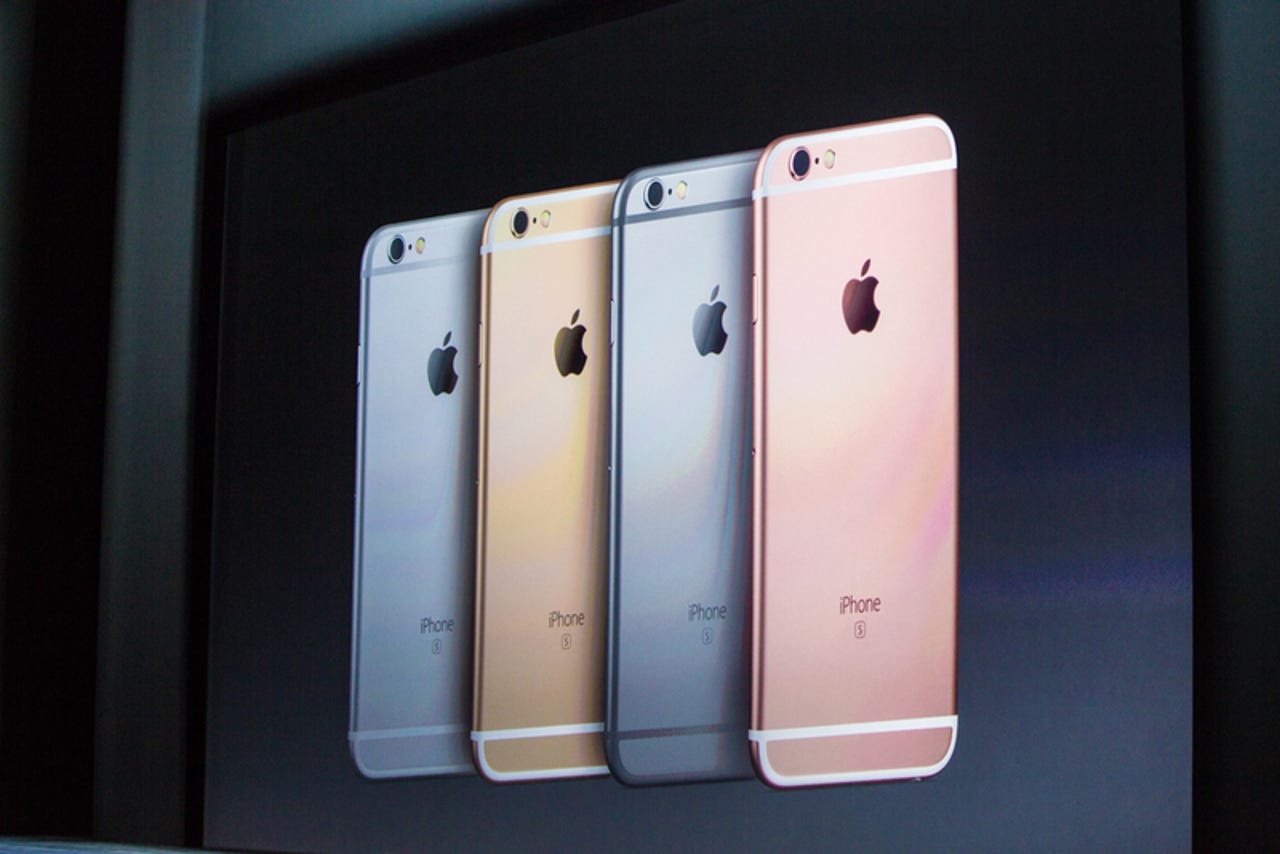iPhone, BlackBerry or Samsung: Which smartphones do we hold onto the longest?

As the number of first-time smartphone buyers shrinks, persuading existing users to upgrade is becoming a more pressing issue for handset makers.
Earlier this week as part of its giant product launch, Apple introduced a new trade-in programme in the US aimed at getting customers to upgrade to the latest model faster, throwing the spotlight on the upgrade cycle as an area of focus for manufacturers.
The average US smartphone user keeps their device for about 22 months before replacing it with a newer model, according to data from Kantar WorldPanel, but that figure varies significantly by brand.
According to its data, US consumers are holding onto their Blackberrys for the longest amount of time (32 months), while Microsoft Lumia devices have the shortest replacement cycle (16 months). Apple's average replacement cycle is 25 months, while Samsung's is 18 months
Since September 2014, 32 percent of US iPhone owners have replaced their devices. Among those users, 47 percent replaced their phones with an iPhone 6, and 16 percent with a 6 Plus, according to Kantar.
In contrast, between September 2013 and July 2014, only 22 percent of iPhone users upgraded their devices: 44 percent upgraded to the 5s, and 17 percent to the 5c.
That means there's still plenty of potential for a wave of upgrades following the launch of the iPhone 6s and 6s Plus, according to Kantar.
There's also likely to be a wave of late adopters who will upgrade to the iPhone 6 after its price was cut following the introduction of new models. In the US, 32 percent of iPhone 5s sales were generated after the launch of the iPhone 6; similarly, 18 percent of the Galaxy S5 sales happened after the launch of the S6.
Among Samsung owners, only nine percent changed device between April 2015 and July 2015, the period following the launch of the S6. Of these, 10 percent chose a Galaxy S6 and four percent bought a Galaxy S6 Edge.
It's a similar picture in China. The average lifespan of a smartphone in urban China is a little shorter than in the US at about 20 months. The longest replacement cycles belong to Nokia devices (39 months) and the shortest to Xiaomi (12 months). Apple's average replacement cycle in urban China is 19 months, according to Kantar.
Since September 2014, 18 percent of iPhone owners in urban China upgraded their devices. Among all the iPhone upgrades, 29 percent switched to the iPhone 6, and 24 percent to iPhone 6 Plus - that's much higher than the proportions that upgraded to the iPhone 5 the previous year, showing that the bigger-screen devices have proved more attractive to Chinese consumers.
"With 31percent of existing US iPhone users and 32 percent of urban Chinese users acquiring their devices more than 24 months ago, Apple's iPhone replacement opportunity is certainly in no immediate danger," Carolina Milanesi, chief of research at Kantar Worldpanel ComTech, said.
